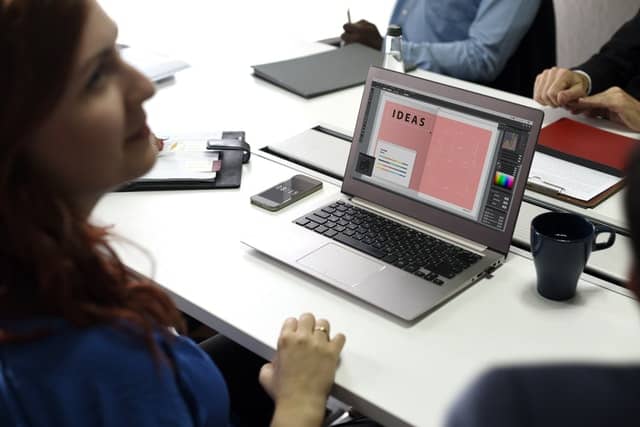There’s a first time for everything, as the saying goes. Giving a presentation in a professional or educational context is no exception. As the date of your first presentation approaches, it’s normal to feel a mixture of anticipation and nerves. After all, you want to make a great first impression and finish your talk confidently knowing you imparted key information to your audience in an engaging manner. You want to earn the esteem of your colleagues, partners students or clients. And, of course, it’s important to justify all the time you put into researching, compiling your presentation and rehearsing its execution.
When you’re tasked with delivering your first presentation, keep this practical advice in mind.
Define Your Presentation Objectives
“Because my boss asked me to do it” is not a valid reason for giving a presentation. Yes, it may be a requirement for your role within an organization. But giving a presentation for the sake of the act itself will not gain you any points. In fact, viewers will likely feel confused about the purpose—perhaps believing the presentation was merely a formality rather than a dynamic use of time.
So, define clear objectives from the outset. These will eventually serve to shape both the structure and content of your presentation. A good objective clearly addresses what you want your audience to learn. What will viewers walk away having gained? What is the true core of your presentation? Once you know this, you can arrange the rest of your content as supporting material.

Turn Viewers into Participants
It’s often less intimidating to think of your presentation as a collaborative dialogue than it is to think of it as a one-way monologue. So, plan to break “the ice” between yourself and the audience at least once. Using interactive Google Slides, for example, you can poll your audience live or ask them to submit their own questions about the topics at hand. Anyone with a mobile device can participate.
This real-time feedback loop serves a few purposes. First of all, it elevates your audience from passive to active status by giving them a voice. It also serves as a great activity to re-engage audience members whose attention may be near wavering. Finally, it provides a jumping-off point for future discussion. Polls can help presenters identify which topics they need to revisit. Or, they can simply serve as a fun icebreaker to establish some camaraderie in the room.
Know Your Subject Inside and Out
One blogger and coach offer this useful tip: “Knowing your subject is more important than knowing your script.” Why? Because you might forget your notes on the day of your presentation. Your technology might glitch. Someone might ask a totally unexpected question not addressed in your notes. If you memorize a script or series of slides, you’ll find yourself standing in front of the room wondering what to do next.
But if you truly learn your subject matter inside and out, you’ll still be able to talk at length, regardless of external circumstances. This will help position you as a trustworthy expert rather than someone who simply learned a script. Pay special attention to the context for data. Rather than reading facts and figures off a screen, take time to truly understand their implications. Are there any action items to take from your findings? Are there any correlations or causations worth pointing out? Information on its own is a start; but fully understanding and explaining its context is what makes a presentation truly excellent.
With an ounce of preparation and this practical advice for giving your first presentation, you’ll be able to accomplish your objectives and wow everyone in the room.

